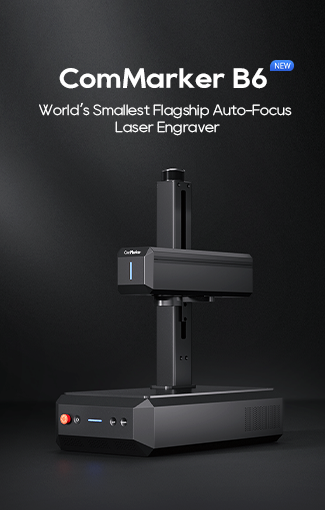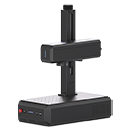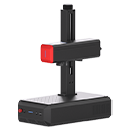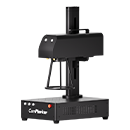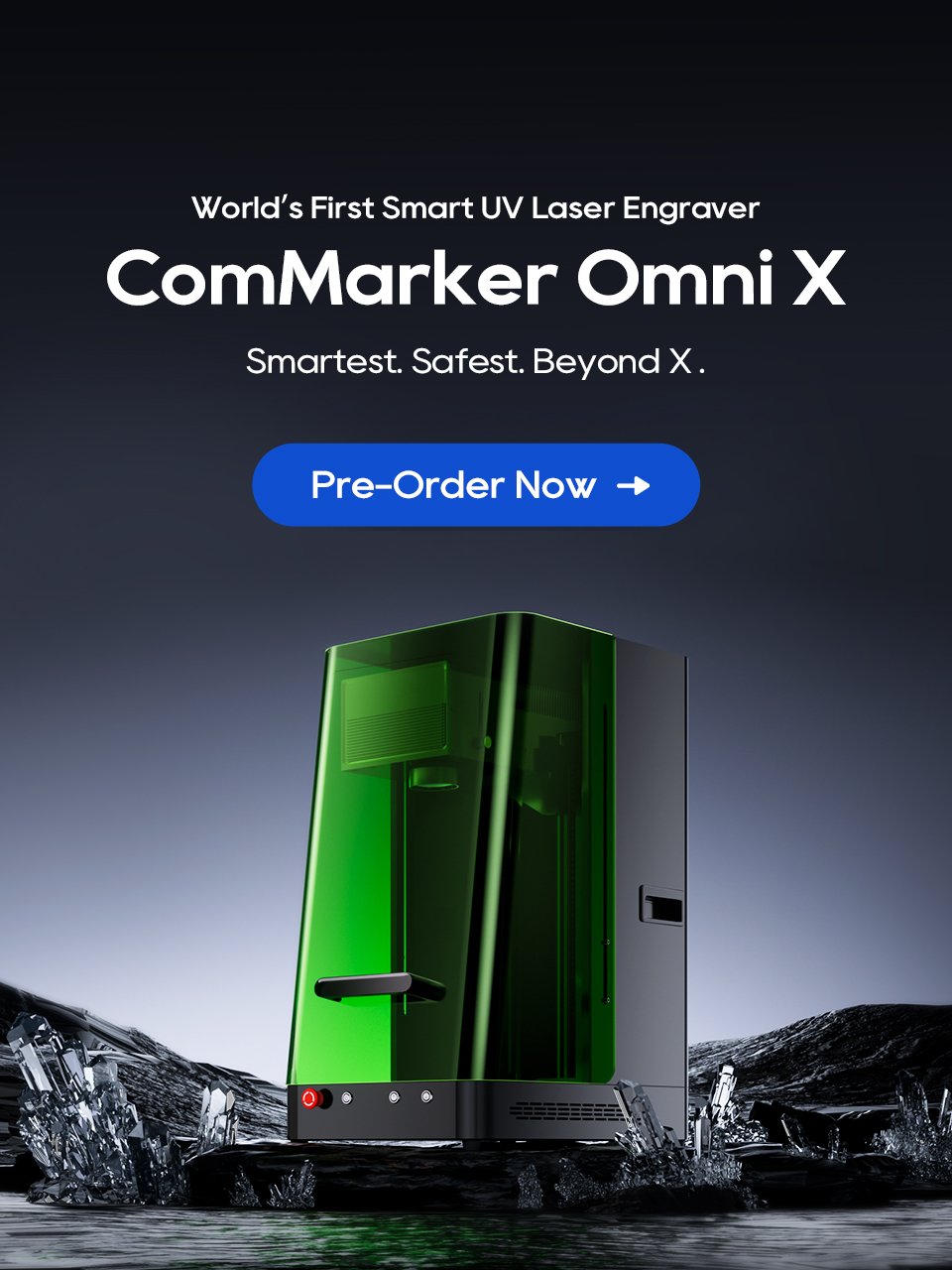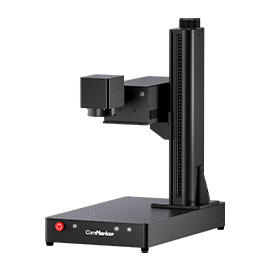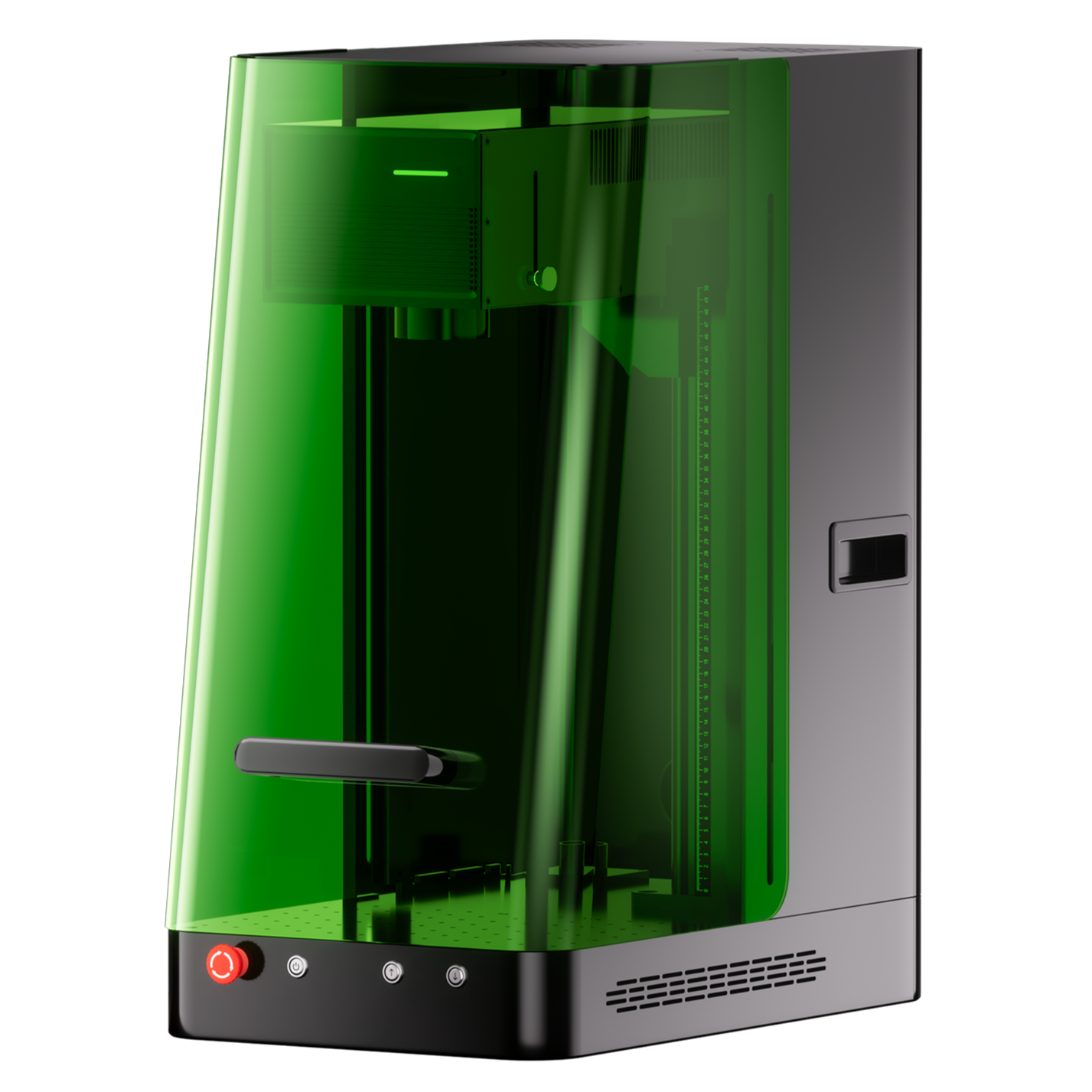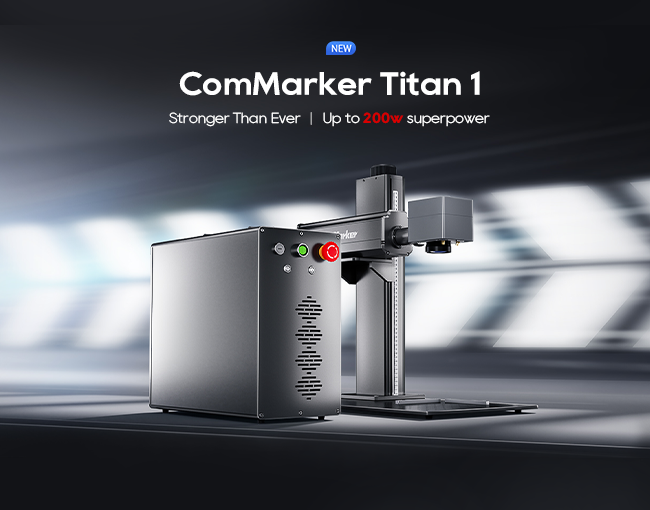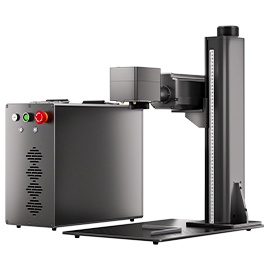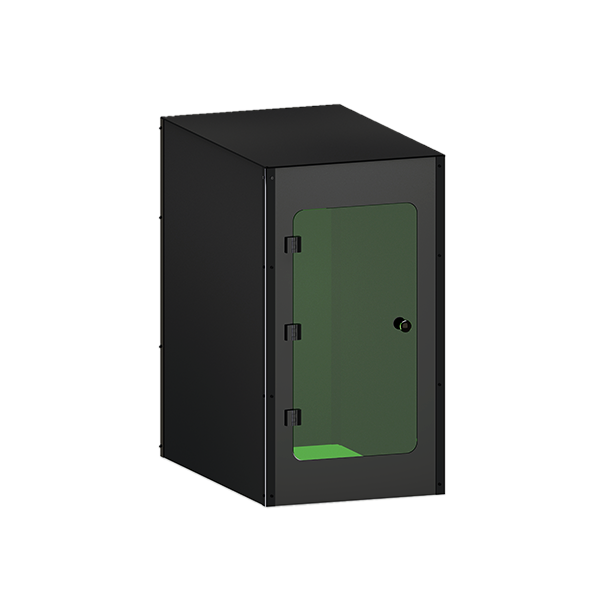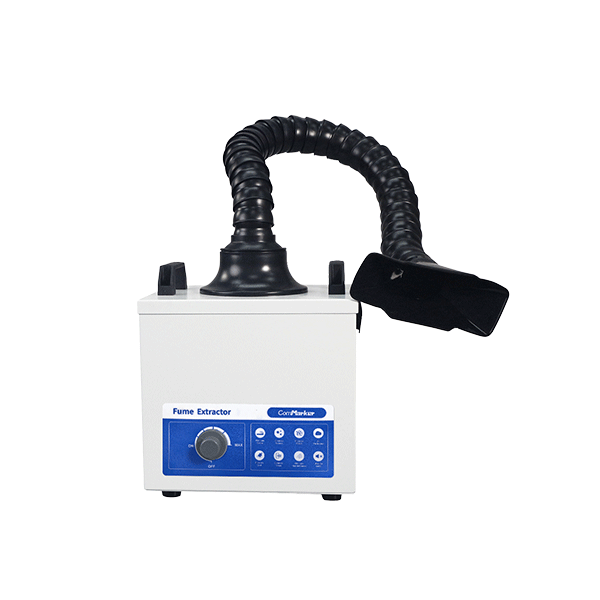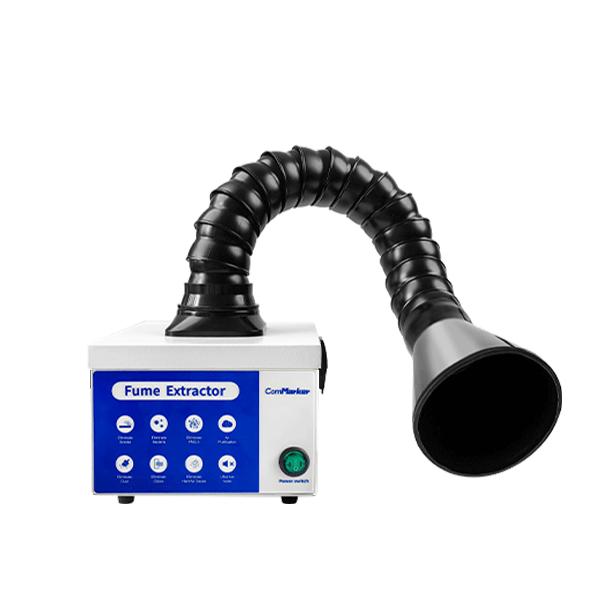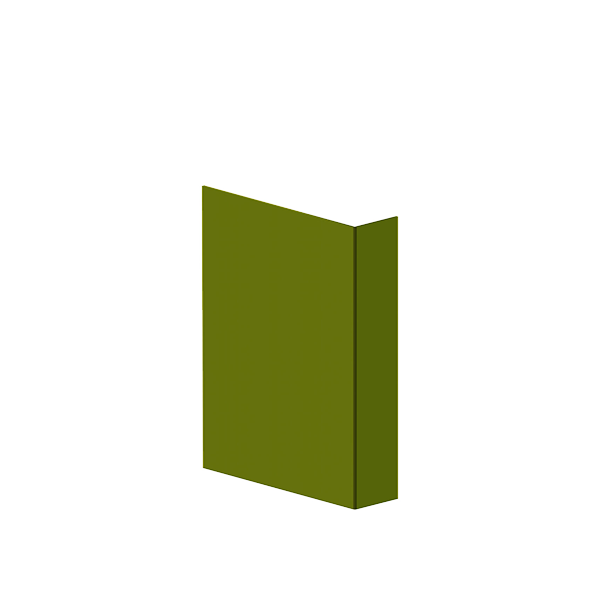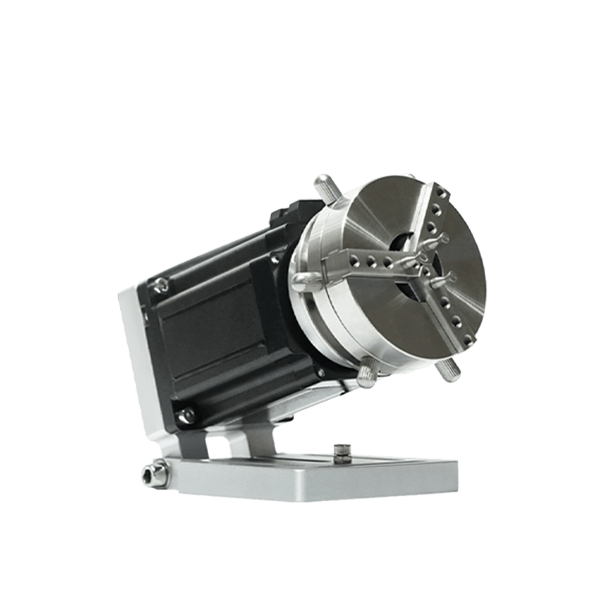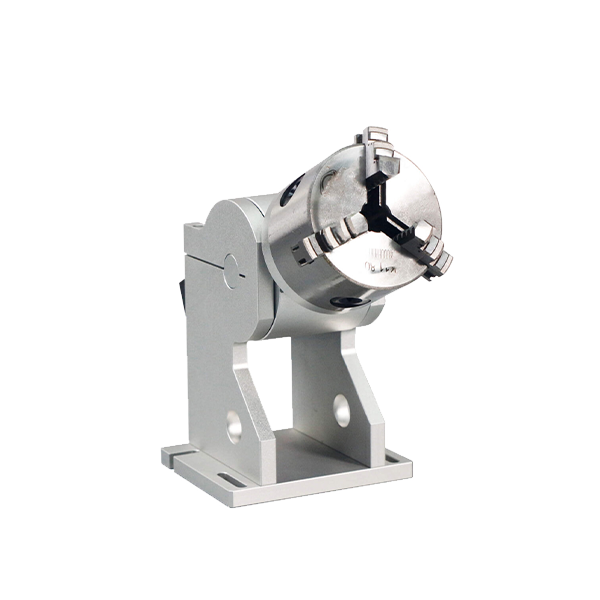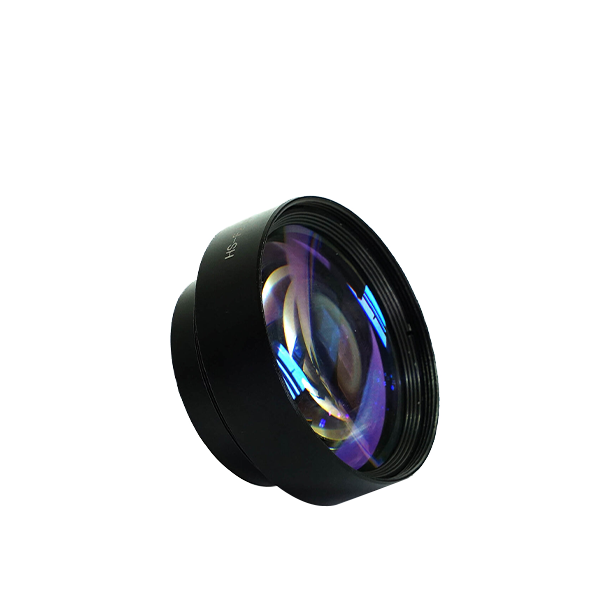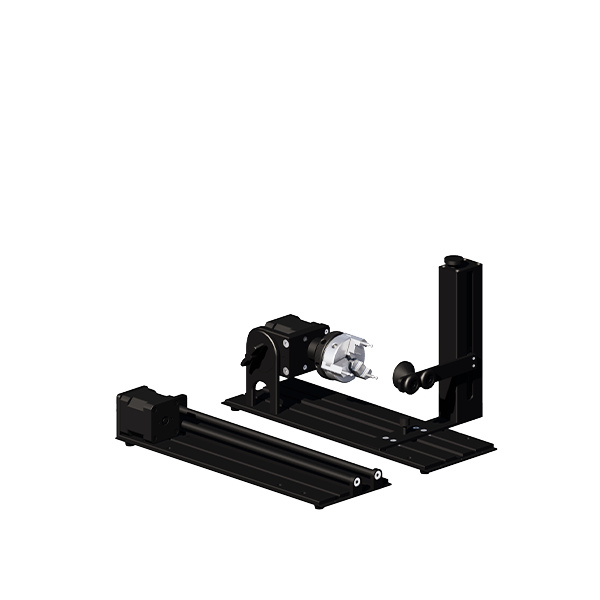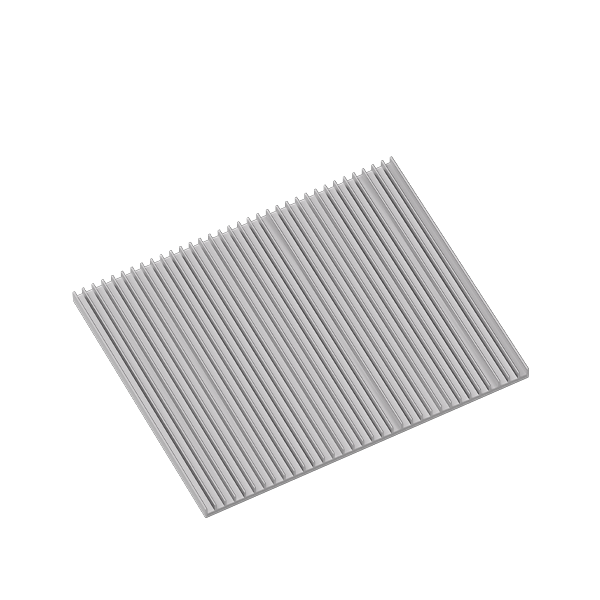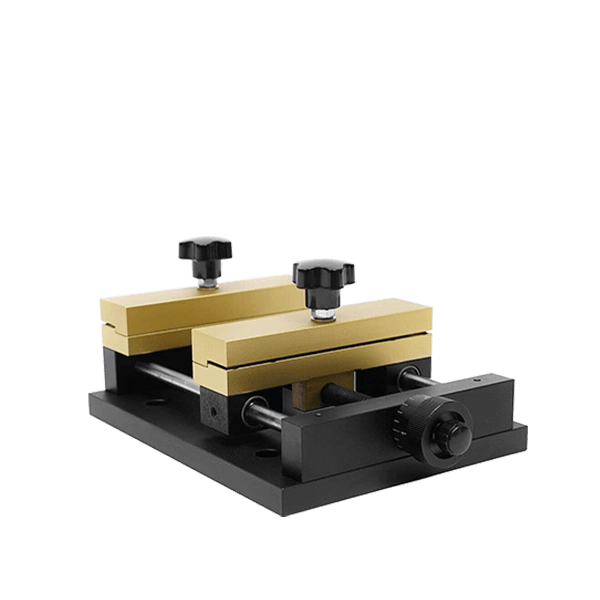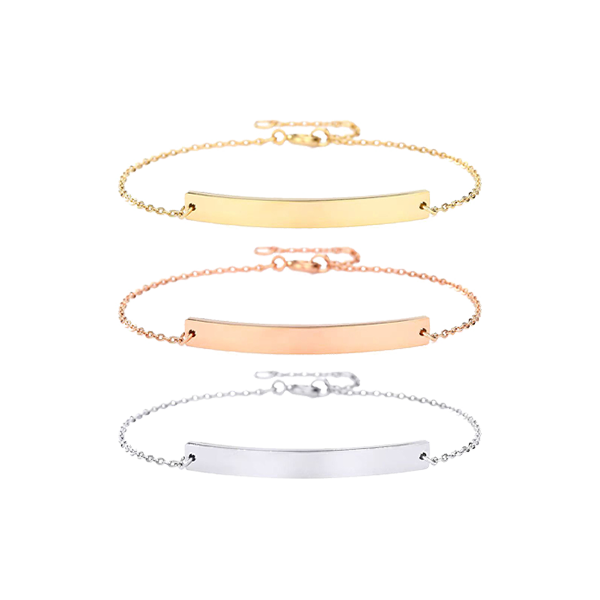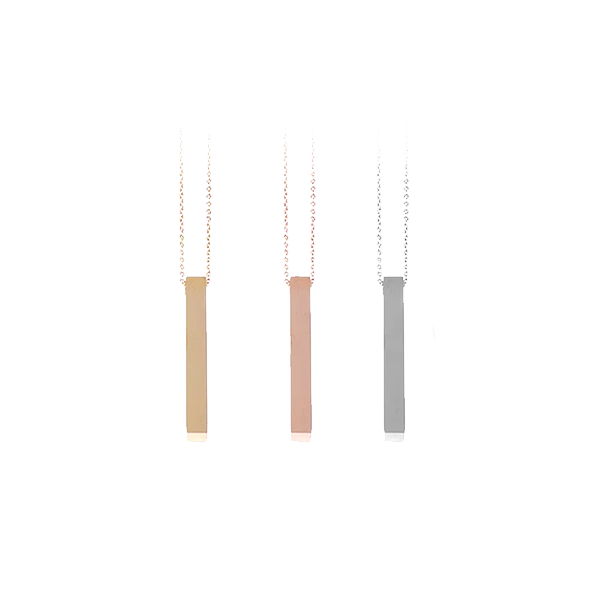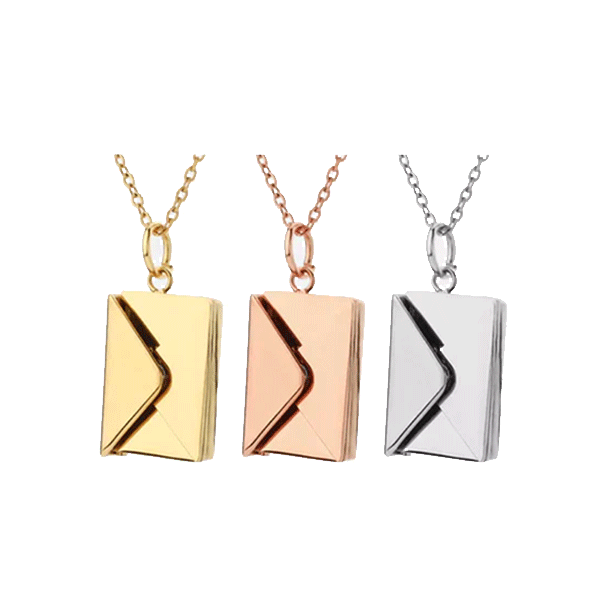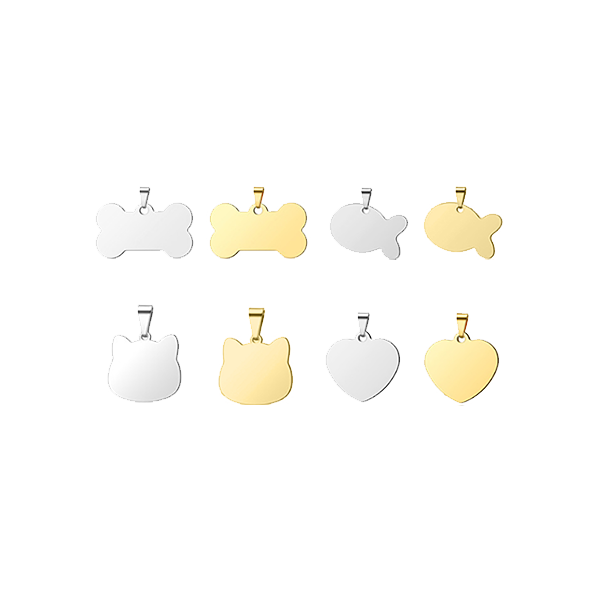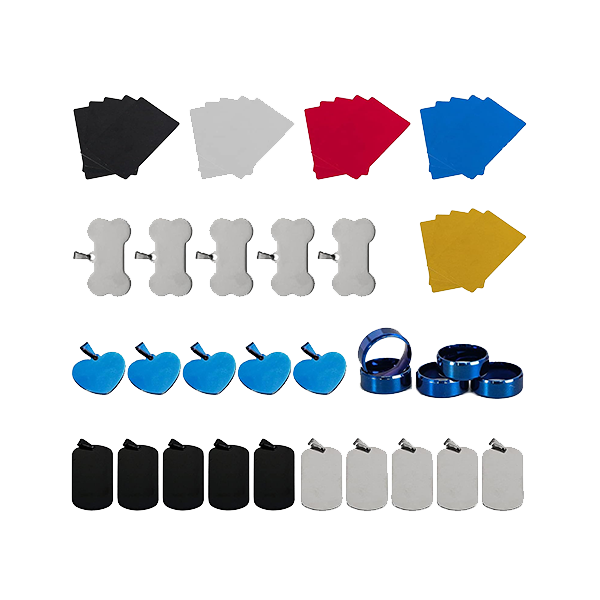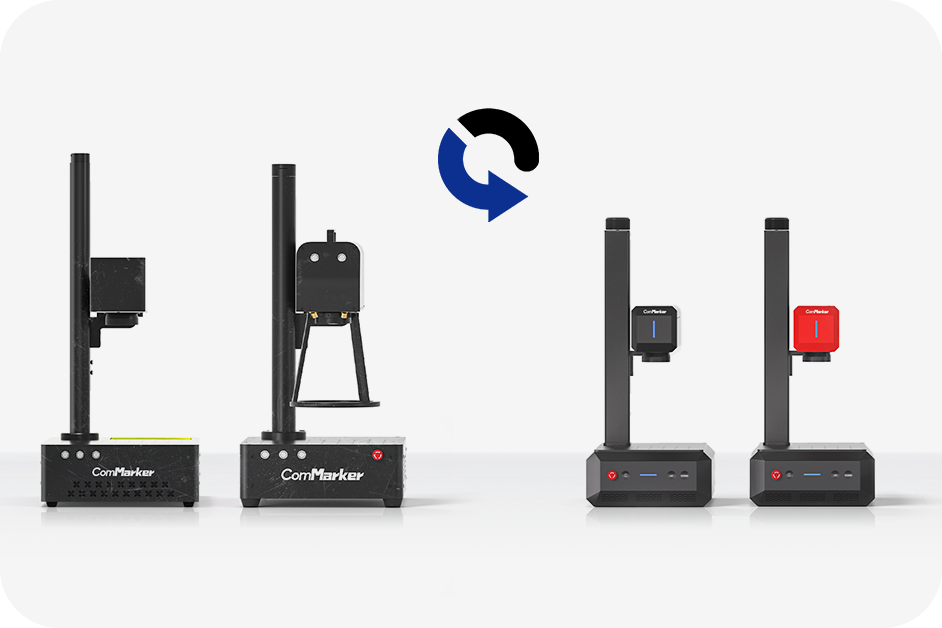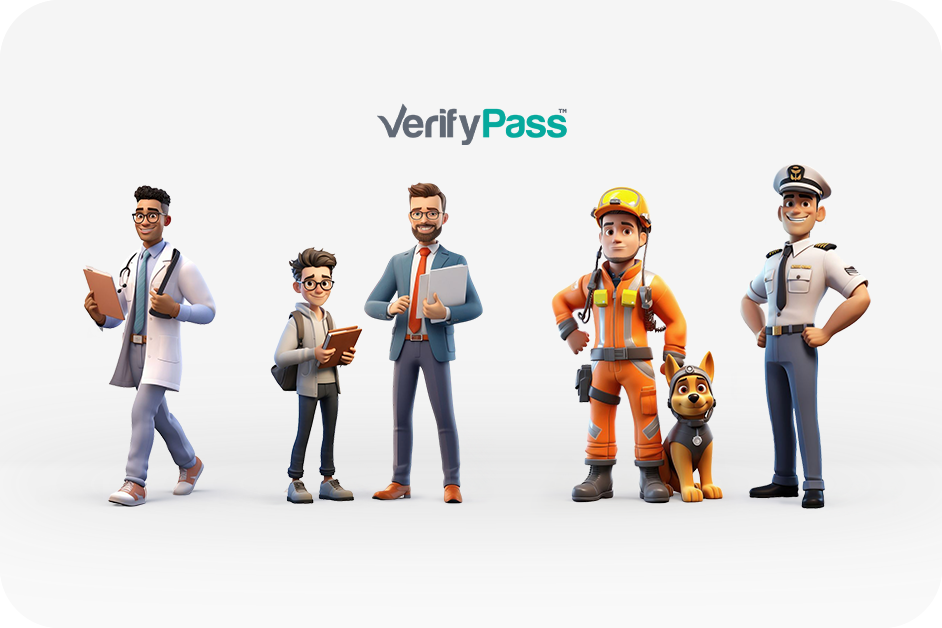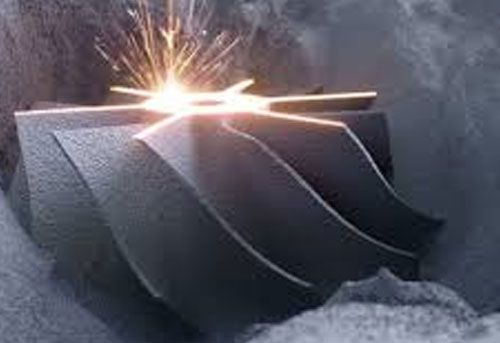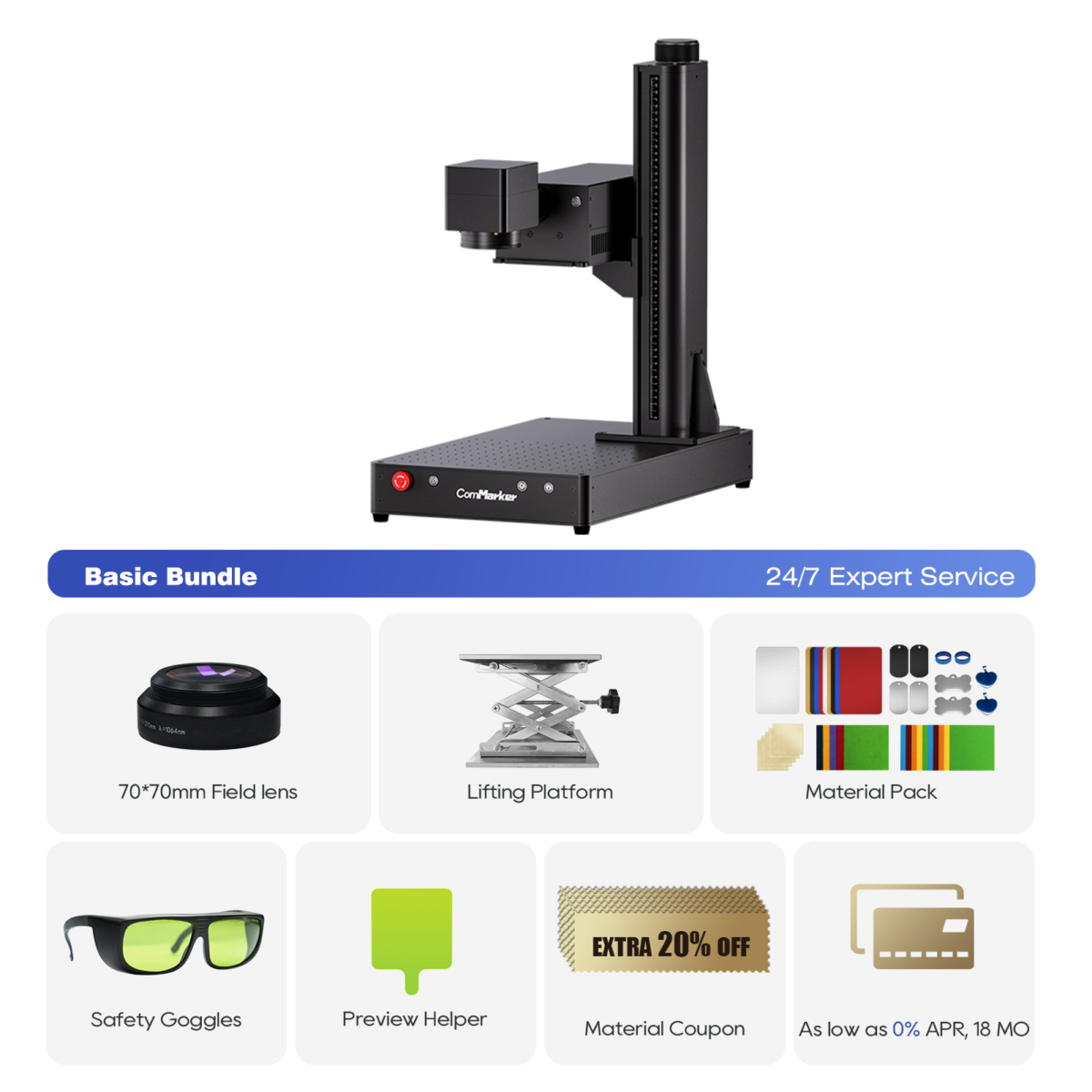Wenn sich die fortschrittliche Fertigung entwickelt, the convergence of laser engraving and 3D printing is opening up unprecedented possibilities. By combining the precision of laser systems with the design freedom of additive manufacturing, businesses can produce complex, high-value components and custom products more efficiently than ever before. In diesem Artikel, we explore the technical advantages, materials compatibility, real-world case studies, and the outlook for fully automated hybrid production lines—all powered by ComMarker’s industry-leading laser engravers.

1. Why Hybrid Manufacturing? Technical Advantages
1.1 Präzision und Detail
Laser engraving excels at adding fine surface details—logos, Seriennummer, and micro-text—onto virtually any substrate. When paired with 3D printed parts, Sie können knusprig erreichen, permanent markings without secondary assembly steps. Zum Beispiel, Die ComMarker Omni 1 UV-Lasergravierer delivers 0.001 mm-Genauigkeit, ensuring even the smallest text remains legible on curved or complex 3D-printed geometries.
1.2 Rapid Prototyping to Production
3D printing lets you go from CAD to a physical prototype in hours. Once you’ve validated fit and form, a single pass through a ComMarker fiber laser—such as the B4 MOPA Faserlasergravierer—can add functional features like calibration marks, assembly guides, or conductive traces. This tight integration cuts weeks off traditional multi-step workflows.
1.3 Reduced Tooling Costs
Traditional CNC or injection-molding setups require expensive fixtures and molds. Hybrid manufacturing eliminates or drastically reduces these costs by using 3D prints as both fixture and end-use part, then adding hardness, surface texture, or precision features via laser.

2. Materialien & Process Compatibility
| Material Combination | 3D Printing Method | Laser Process | Key Considerations |
|---|---|---|---|
| Wood-filled PLA + Acryl | FDM with wood-PLA | UV-Lasergravur | Wood-PLA’s charred residue must be cleaned; UV avoids burns. |
| Nylon + Petg | SLS + FDM | Faserlasermarkierung | Nylon’s dark surface absorbs fiber laser for high-contrast marks. |
| Metal-filled resin + Metall | SLA with metal resin | Fiber laser etching | Pre-sintering vs. full sintering; resin ash must be removed. |
| Ceramic composite + Glas | DLP resin-cast | UV/CO₂ laser ablation | Glass adhesion layer required; masking for crisp edges. |
- Holz + Plastik: Wood-PLA filaments can mimic natural grain. After printing, the Omni 1’s UV laser cleanly engraves text or art without scorching the plastic matrix.
- Metall + Keramik: Ceramic-filled SLA resins form complex shapes, then get post-cured. A high-power fiber laser like the Titan 1 JPT MOPA (60–200 W) can deep-etch serial numbers into the sintered metal for industrial traceability.

3. Composite Manufacturing Case Studies
3.1 Decorative Lamp Shades (Holz + Acryl)
A design studio printed an intricate lattice lamp shade using clear acrylic filament on an FDM machine. They then used the ComMarker Omni 1 to engrave custom patterns on thin wood-veneer panels, which were laminated to the acrylic. Das Ergebnis: a warm wood finish combined with geometric acrylic forms—impossible to mold conventionally.
- Lasereinstellungen: UV 10 W, Geschwindigkeit 500 mm/s, Frequenz 40 kHz, Zeilenintervall 0.02 mm.
- Outcome: Zero-burn edges, consistent detail across 50+ units in under an hour.
3.2 Custom Drone Frames (Nylon + Aluminium)
An R&D team prints lightweight drone arms in nylon via SLS. Verwendung der ComMarker B4 MOPA (60 W), they etch part numbers and QR codes directly into the nylon for post-flight data logging. They also used the Titan 1 to cut and vein-engrave aluminum mounting plates, achieving 0.01 mm precision on each edge.
- SLS Print: 0.1 mm layer height, carbon-filled nylon.
- Laser Etch: Leistung 30%, Geschwindigkeit 1000 mm/s, Q-Puls 200 ns, Pässe 1.
- Metal Cut: Titan 1 bei 100 W, Geschwindigkeit 50 mm/s for cuts; 200 mm/s for surface engraving.
4. Automatisierung & Production Line Outlook
4.1 Integrated Robotic Cells
Future hybrid manufacturing lines will feature robotic arms that transfer freshly printed parts from 3D printers directly to laser stations. Vision systems can verify alignment, trigger automatic focus adjustment, and even inspect engraving quality in real time.
4.2 IoT & Workflow Orchestration
By connecting ComMarker lasers via OPC-UA or REST APIs, you can orchestrate job queues, remote-monitor status, and collect OEE data. A dashboard might show throughput—parts/hour for printing vs. engraving—and flag maintenance needs (z.B., mirror cleaning) before downtime occurs.
4.3 Scale & Anpassung
Hybrid lines can rapidly switch between full-production runs and one-off custom jobs. Need 10,000 identical brake-line brackets with serialized IDs? The system can print batch, queue laser marking, and route finished parts to packing—all without human intervention.
ComMarker Omni 1 Lasergravierer
Laser der nächsten Generation zur Freischaltung aller Materialien. ZeroBurn™-Graviertechnologie Weltweit erster 16K-HD-Lasergravierer 10.000 mm/s SpeedMax™-Graviersystem Entriegeln Sie alle Materialien mit UV-Laser ColdFront™-Thermotechnologie Elektrisches Heben mit 2 Optionale Objektive, die mit EZCAD und dem LightBurn 360°-Rotationsgravursystem kompatibel sind
5. Getting Started with ComMarker Hybrid Solutions
Ready to explore hybrid manufacturing? Start with the versatile ComMarker Omni 1 UV-Lasergravierer for delicate materials and prototypes, then scale up to the industrial-grade ComMarker Titan 1 JPT MOPA Faserlasergravierer for high-throughput metal and composite parts.
- Omni 1 is ideal for lab prototyping, fine engraving on 3D prints, and educational makerspaces.
- Titan 1 brings 60–200 W of MOPA power, enabling deep cuts, 3D texture mapping, and color marking on metal alloys.
With ComMarker’s full ecosystem—EZCad2 and LightBurn compatibility, Rotationsbefestigungen, and optional auto-feeding modules—you can build the hybrid line that fits your budget and scales with your business.




